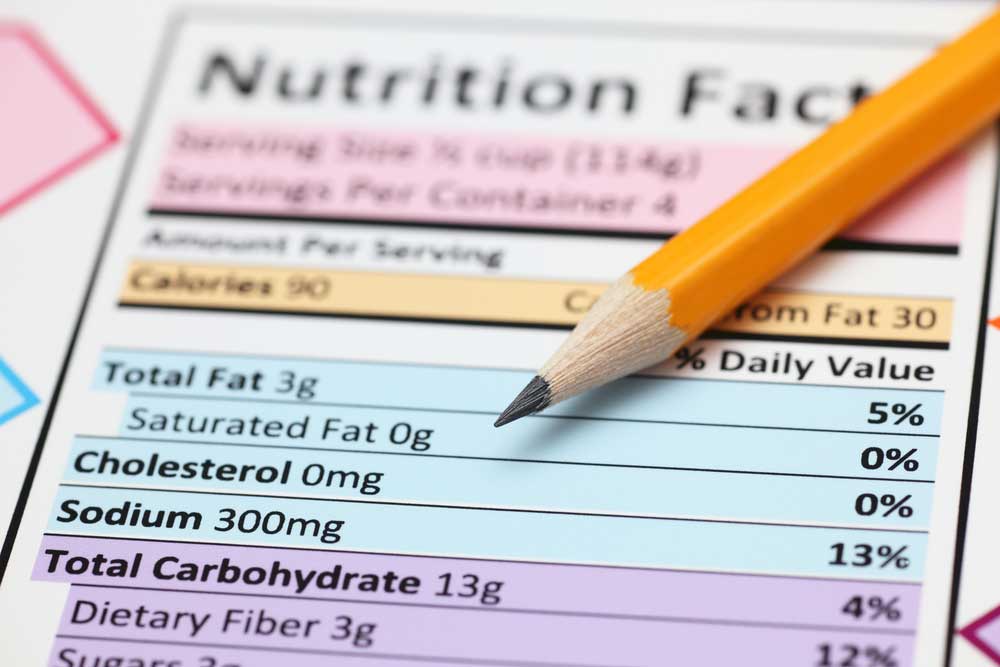
Decoding the Labels
When taking a trip to the store these days it’s very important to understand where our food comes from + what we are actually consuming. Here are a few things that will help you decode the nutrition labels + make the best choices when it comes to food.
INGREDIENTS FIRST. Look at ingredient list before the nutrition label, it will give you better information about the product. Pay attention to what is in your food, not what is claimed to be left out: “fat free”, “all natural”, “cholesterol free”. Products that claim these benefits are usually made up of chemicals, sugars, salt, preservatives + other fake ingredients.
WHOLE FOOD. The first ingredients should be the actual food. Ingredients are listed in descending order of prominence. Avoid products that have water or sugar as their first ingredient. These products are highly processed + further from the natural food.
SHORTER IS BETTER. If the list is more than a couple ingredients – proceed with caution – use decoder. With a few exceptions, if the ingredient list is longer than a couple lines, chances are it is a highly processed food.
HEALTHY WHOLE GRAINS. When buying whole grain products, the first ingredient should be whole wheat flour or 100% whole wheat (can include the name of the grain or grains if there are more than one). “Made with whole grains” + “whole wheat” are not the same thing – they don’t cut it – the wording is misleading like health claims on packaging. Unbleached enriched flour is white flour.
PASS THE SALT. Check sodium amounts. Many products reduce fat + calories by replacing them with salt. The less processed items with smaller ingredient lists tend to have lower sodium levels. Salt in + of itself is not necessarily bad, but try to use more whole foods vs. processed + add salt yourself while cooking, which can help you control your actual salt intake.
HOLD THE SUGAR. Sugar amounts on nutrition labels are confusing + misleading. Most processed foods will contain increasingly high amounts of hidden sugars. Currently, it is hard to distinguish between naturally occurring sugar (as in milk or fruit – which you don’t need to worry about) + added sugar (which you do need to worry about). If the sugar amount seems high, go back to the ingredient list. Added sugars creep in with many different names: any ingredient that ends in the word “ose” is a sugar, as is honey + corn sweetener. Be sure to read the entire ingredient list as food manufacturers avoid having to list sugar as one of the first ingredients by using small amounts of many different types of sugars, but when taken all together, they add up to an unhealthy amount.
NAME THAT FAT. Focus on the type of fat in the food, not just the amount. Labels typically list 4 types of fat.
- Poly + mono unsaturated fats are found more in plant based foods + are a healthy source of fat in your diet.
- Saturated fats, which you want to limit, typically come from animal sources and can increase blood pressure, cholesterol levels + cause other health concerns.
- Trans-fats have no redeeming nutritional value. Avoid as much as possible. Any food that lists partially hydrogenated oil means it contains some trans-fats even if the label says “0g”.

